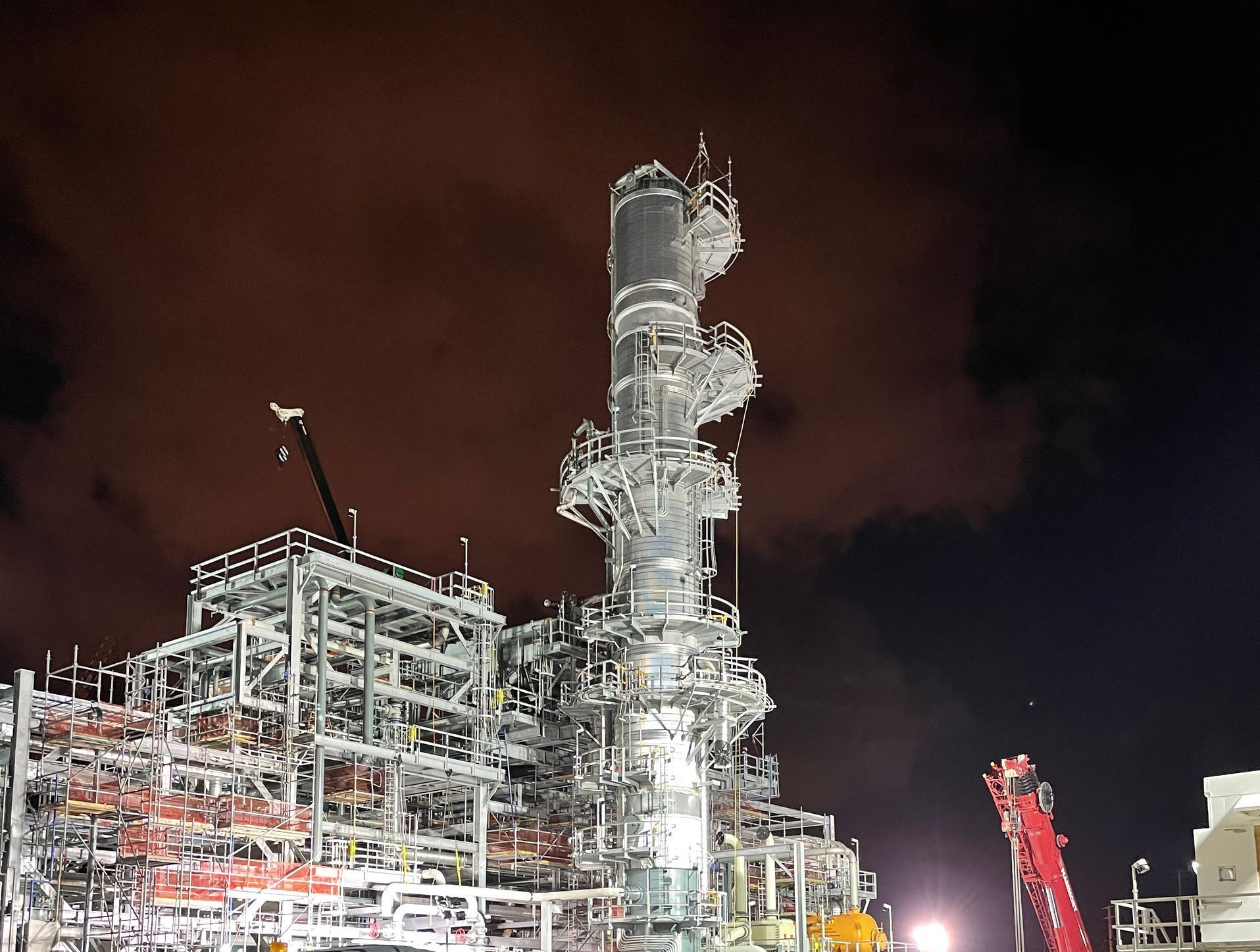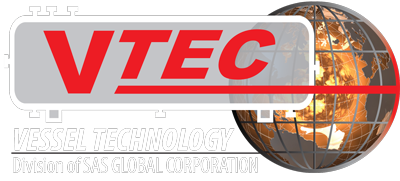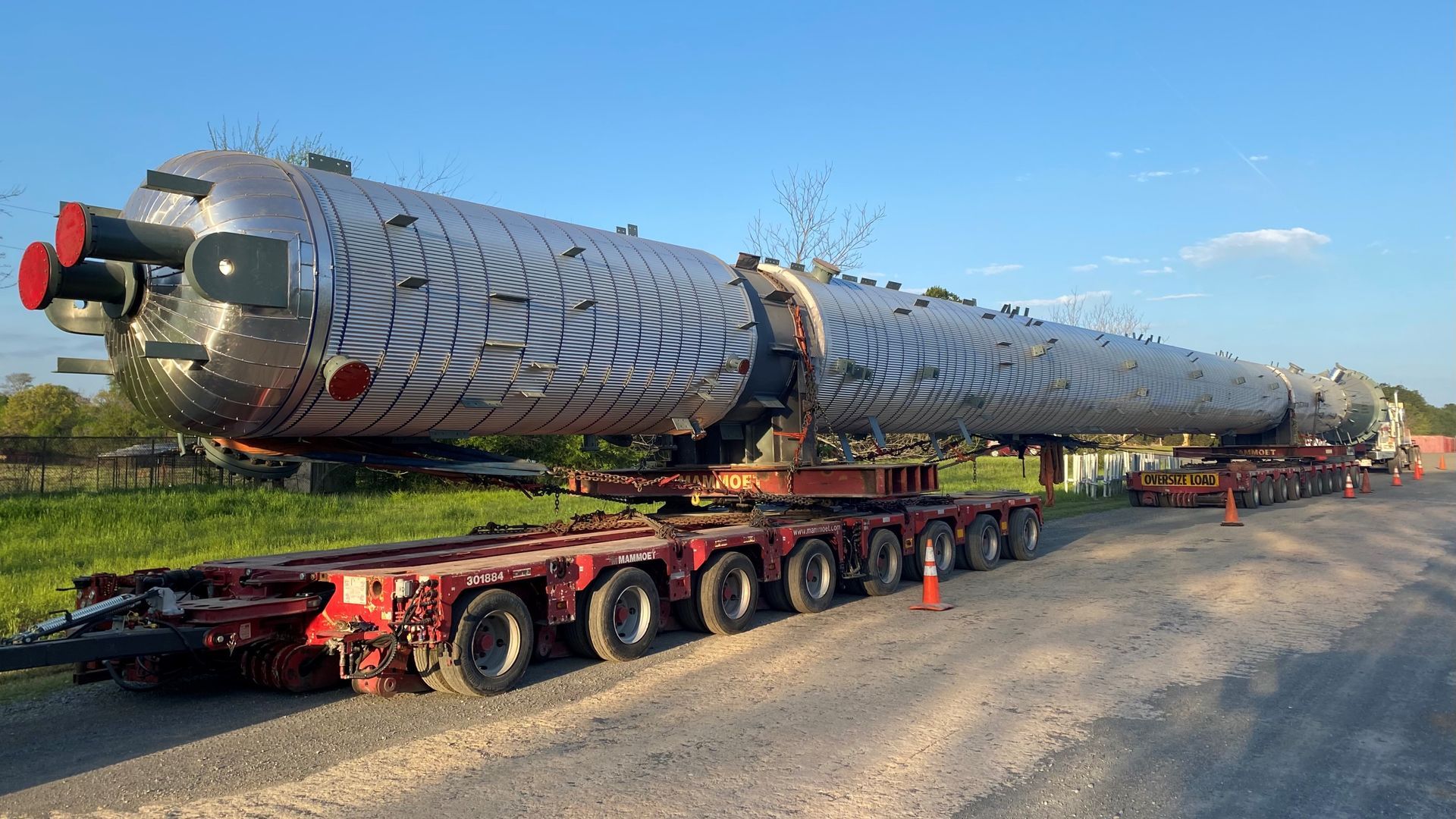Material Matters:
Why Material Selection Is Critical in Petrochemical Pressure Vessel Design

In the high-stakes world of petrochemical processing, pressure vessels are the heart of safe, efficient, and continuous plant operation. Whether serving as reactors, separators, towers, or heat exchangers, these vessels must endure aggressive environments—high pressures, extreme temperatures, cyclic loads, and chemical attack—all while maintaining structural integrity and code compliance.
One misstep in material selection can compromise vessel longevity, safety, and performance.
Designing a pressure vessel isn’t just about choosing the right wall thickness or nozzle locations. It starts with the most critical decision of all: what material will the vessel be made from?
Understanding the Demands of the Petrochemical Environment
Petrochemical processes expose pressure vessels to a wide range of harsh conditions:
- Corrosive media such as chlorides, sulfur compounds, organic solvents, and acid gases
- High temperatures and thermal cycling, leading to creep and fatigue
- High-pressure operation, often exceeding 1,000 psi
- Stress corrosion cracking and hydrogen embrittlement risks
The vessel material must be capable of withstanding this service environment for decades, all while complying with ASME Section VIII Div. 1 or Div. 2 pressure vessel code requirements.
The Consequences of Poor Material Selection
Choosing the wrong material can result in:
- Premature corrosion or erosion, leading to unplanned downtime
- Weldability issues and fabrication delays
- Hydrogen-induced cracking in high-temperature H₂ environments
- Accelerated creep or fatigue failure under cyclic thermal conditions
- Loss of mechanical properties at elevated temperatures
These failures don’t just cost money—they risk safety, create environmental hazards, and erode trust in your operation.
Key Considerations in Material Selection
1. Corrosion Resistance
Many petrochemical fluids are aggressive. Selecting the correct alloy can prevent rapid wall loss and costly repairs.
- 304/304L Stainless Steel – General corrosion resistance, cost-effective
- 316/316L Stainless Steel – Enhanced resistance to chlorides and acids
- Duplex Stainless Steels – High strength with superior stress corrosion cracking resistance
- Nickel Alloys (Inconel, Monel, Hastelloy) – For high-temp, aggressive chemical environments
- Clad or Lined Vessels – Combine the economy of carbon steel with the corrosion resistance of stainless or exotic alloys
2. Temperature Resistance
Elevated or cryogenic temperatures can degrade mechanical properties and introduce failure modes like creep, embrittlement, or fatigue.
- Carbon Steels (SA-516-70) – Effective for most ambient to moderate temps
- Chromium-Molybdenum Alloys (SA-387 Gr 11, 22) – Excellent for high-temp hydrogen service
- Nickel Alloys – Resist high-temp oxidation and maintain strength above 1000°F
- Austenitic Stainless Steels – Good thermal fatigue performance and oxidation resistance
3. Hydrogen Service
Hydrogen can diffuse into the metal lattice, causing embrittlement and cracking, especially at elevated temperatures.
- HIC-Resistant Steels – Specially tested carbon steels for hydrogen-induced cracking
- Low-Sulfur Materials – Minimize inclusion sites that trap hydrogen
- PWHT (Post Weld Heat Treatment) – Essential to reduce residual stress in hydrogen environments
4. Fabrication and Welding Considerations
Even if a material performs well in service, it must also be weldable, machinable, and available in the required sizes and quantities.
- Duplex and Nickel Alloys require controlled welding procedures and qualified welders
- Cladding and Overlay systems require specialized fabrication techniques (e.g., roll bonding or weld overlay)
- Materials must also be readily traceable and certified per ASME material specifications
The Case for Cladding: Performance Without Cost Overruns
In many petrochemical applications, cladding is the most cost-effective way to ensure chemical resistance while maintaining structural performance.
A typical solution involves:
- SA-516-70 carbon steel shell for strength
- Clad with 316L, Alloy 625, or Hastelloy C-276 for corrosion resistance
This combination reduces cost without sacrificing performance and is widely accepted within the ASME code framework.
Partnering with the Right Fabricator
Choosing the right material is only half the equation. You also need a fabrication partner who:
- Understands your specific process conditions
- Has extensive experience with exotic and specialty alloys
- Can provide engineering support to guide material selection
- Has qualified weld procedures and personnel for the selected material
- Can certify vessels to ASME Section VIII and perform supplementary testing (e.g., PMI, impact testing, hardness)
That’s where VTEC stands apart.
With decades of experience in designing, fabricating, and repairing pressure vessels for petrochemical service, VTEC combines deep metallurgical knowledge with real-world fabrication expertise. Their team is adept at balancing cost, performance, and manufacturability—ensuring your vessel performs for the long haul, no matter how harsh the environment.
Conclusion: Material Is More Than Just Metal—It’s Risk Management
In the petrochemical industry, material selection is your first and best line of defense against failure. It protects your equipment, your uptime, your workers, and your reputation. A poor choice might not show up for months—or even years—but when it does, the consequences can be severe.
By partnering with an experienced fabricator like VTEC, you gain access to the right materials, the right methods, and the right mindset to ensure your pressure vessels stand the test of time—and chemistry.
Have a challenging application?
Contact VTEC today to discuss your service conditions, and let their engineering team help select the optimal material solution for your pressure vessel.


